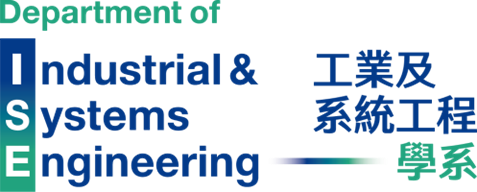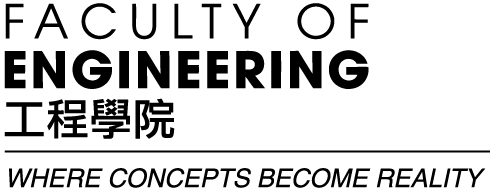Summary
We present a general framework to analyze and quantify the impact of 3D printing on spare parts logistics. We consider multiple parts facing stochastic demands. To minimize long-run average system cost, our model determines which parts should be printed and which should be stocked and the corresponding base-stock levels. When a demand for a stocked part encounters a stockout, it can either be backlogged or overflowed to the 3D printer. We derive various structural properties and characterize the optimal policy for several special systems, which lead to efficient near-optimal heuristic solutions for the general system. We demonstrate that adopting 3D technology can yield significant cost savings and this impact increases in part variety. Also, ``a little flexibility goes a long way'' in the sense that allowing both the stock and print options can substantially slash system inventory and cost, while the utilization of the 3D printer is surprisingly low. (Joint work with Yue Zhang)



